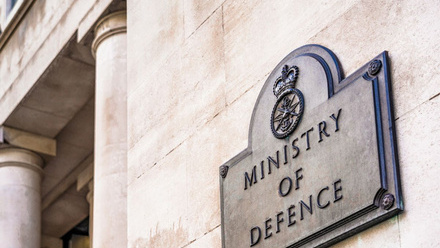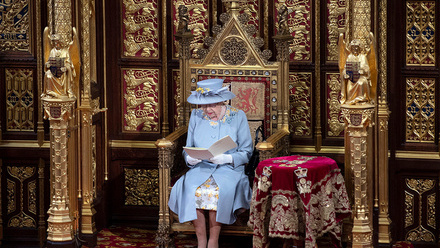Government publishes Social Value Model & Guidance
In September, Government published its new Social Value Framework in PPN 06/20 which will come into effect across all central government departments and arms-length bodies from January 2021. This new compulsory model is designed to encourage suppliers to work differently in order to benefit the communities they work across and, therefore, help Government to deliver improved social welfare or wellbeing.
Since its launch, many members have raised questions around how the Social Value Model will be implemented; will this implementation be consistent; and, indeed, how will it be measured?
The newly published Model and the accompanying Guide to using the Social Value Model, which government departments must use when implementing the model, fill out in the detail around social value throughout the procurement lifecycle, particularly at the pre-procurement stage. The Guidance also tells us more about how social value will be evaluated in tenders and how contracts will be managed.
Using the Social Value Model
The good news is that the Guidance states that ‘simplicity and consistency are the basis of the model’. It makes the best use of existing skills and processes that contracting authorities and tenderers are used to; provides ready-to-use model questions, award criteria, sub-criteria an metrics; promotes consistency for tenderers and suppliers; and sets out clear standards whilst enabling more mature commercial teams to reach higher.
The Model sets out the Government’s social value priorities for procurement (or policy ‘themes’) – Covid-19 recovery; tackling economic inequality; fighting climate change; equal opportunity; and wellbeing – and the policy outcomes associated with those themes.
There is detailed information related to each policy outcome provided in the model, including Model Evaluation Questions, Model Response Guidance for tenderers, Model Award Criteria and Sub-Criteria and Reporting Metrics. And the criteria are designed to be ready to use in order to help provide consistency for the supplier community.
In section 2.9 of the Guidance there’s a table setting out how Government departments will apply the model, which includes talking to the market in the pre-procurement consultation phase in order to design the specification and the procurement in a way that achieves best value for the tax payer.
Evaluating social value in tenders
Full details of the tender scoring options available to departments are outlined in Section 3 of the Guidance. However, key aspects to note are that the evaluation of tenders will be considered right from the start of the procurement process, as it is integrally linked to the final contract and the type of suppliers that will perform it. And, importantly, the assessment and scoring of the social value offered in a tender against the selected policy outcome(s) will be qualitative. Indeed, Government will be looking at what suppliers are actually delivering for the community – for example, the quality of apprenticeships rather than quantity of them – and there are many ways to differentiate a bid without relying on quantity, which will help to ensure there’s no disadvantage to SMEs.
Essentially, suppliers will be asked how they will deliver their social value promise to ensure this is captured from the beginning to measure progress by.
In terms of weighting for social value in a contract, a minimum of 10% of the overall score is mandated whenever any of the social value policy outcomes are included in the procurement. And Section 3.20 further sets out how a department might further break the weightings down within a Social Value element as well as within the overall evaluation score.
The Guidance also covers the evaluation of social value in framework agreements and dynamic purchasing systems; direct awards; and ensuring proportionate impacts on resources where evaluating social value in the creation of a framework agreement may place unnecessary burden on commercial teams or suppliers.
Contract management and reporting
For each policy outcome the Social Value Model includes Model Award Criteria and Reporting Metrics, the latter being the numeric outputs related to how the supplier will deliver the quantitative aspects of social value under the contract.
The social value deliverables in the winning tenderer’s proposal will be incorporated into the contract in readiness for managing them throughout the life of the contract. The Model Award Criteria and Reporting Metrics set out in the procurement documentation and in the tenderer’s proposals will then be used to establish social value KPIs (SV KPIs) which will always comprise a deliverable and a numeric element by which performance of that deliverable is to be measured. Whether or not a contract is achieving its social value objectives will be determined by collecting, recording and monitoring these SV KPIs.
More about SV KPI reporting, contracts and contract management is covered in Section 4 of the Guidance, along with some social value case studies.
You can access the full Guide to using the Social Value Model here.
Want to better understand how you can meet the Social Value Model’s requirements?
techUK will be hosting a Roundtable discussion in the new year to give members the opportunity to hear from, and pose questions to, representatives from Cabinet Office and specific Government departments. Keep an eye out on the Central Government events page!








